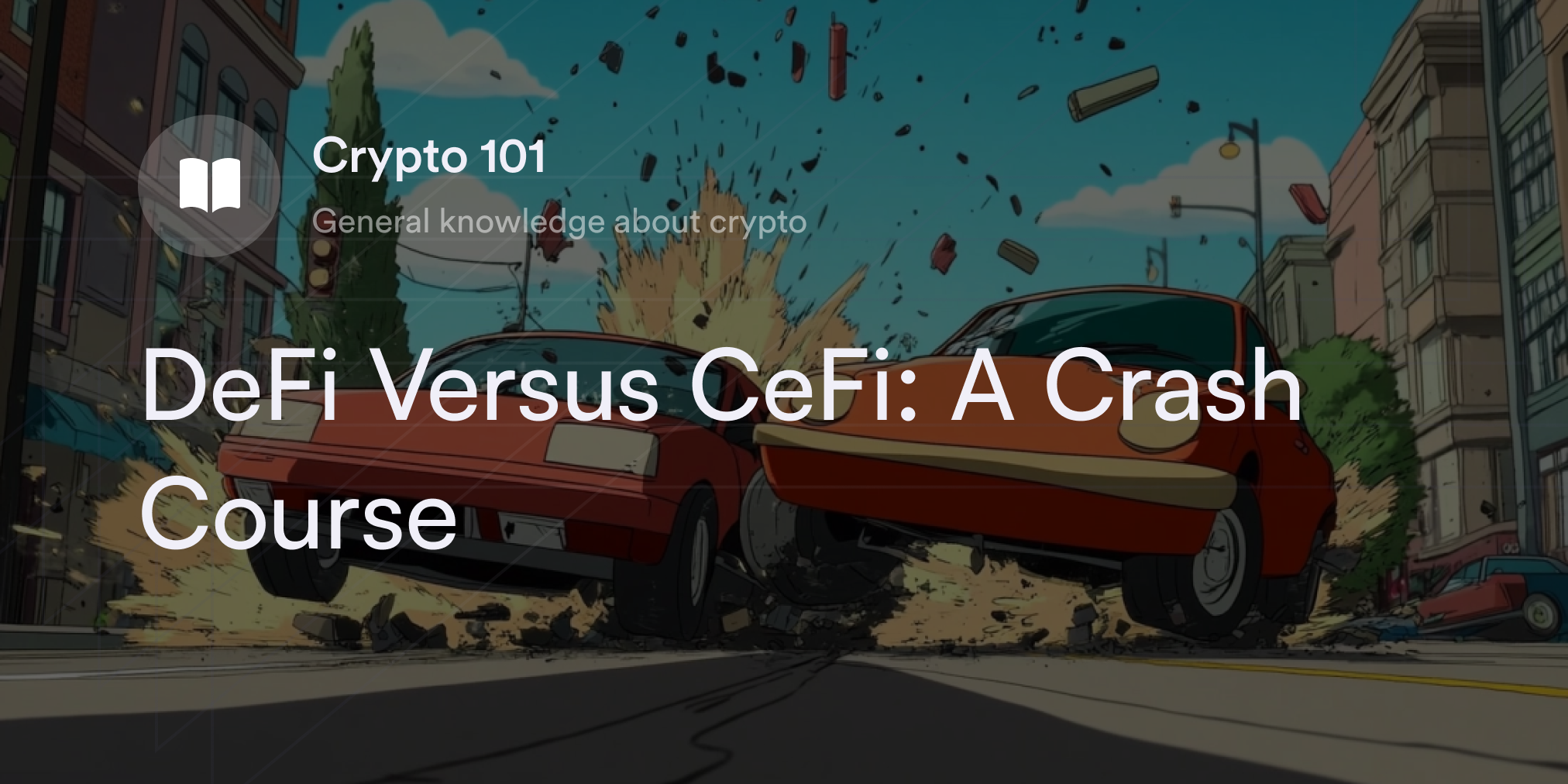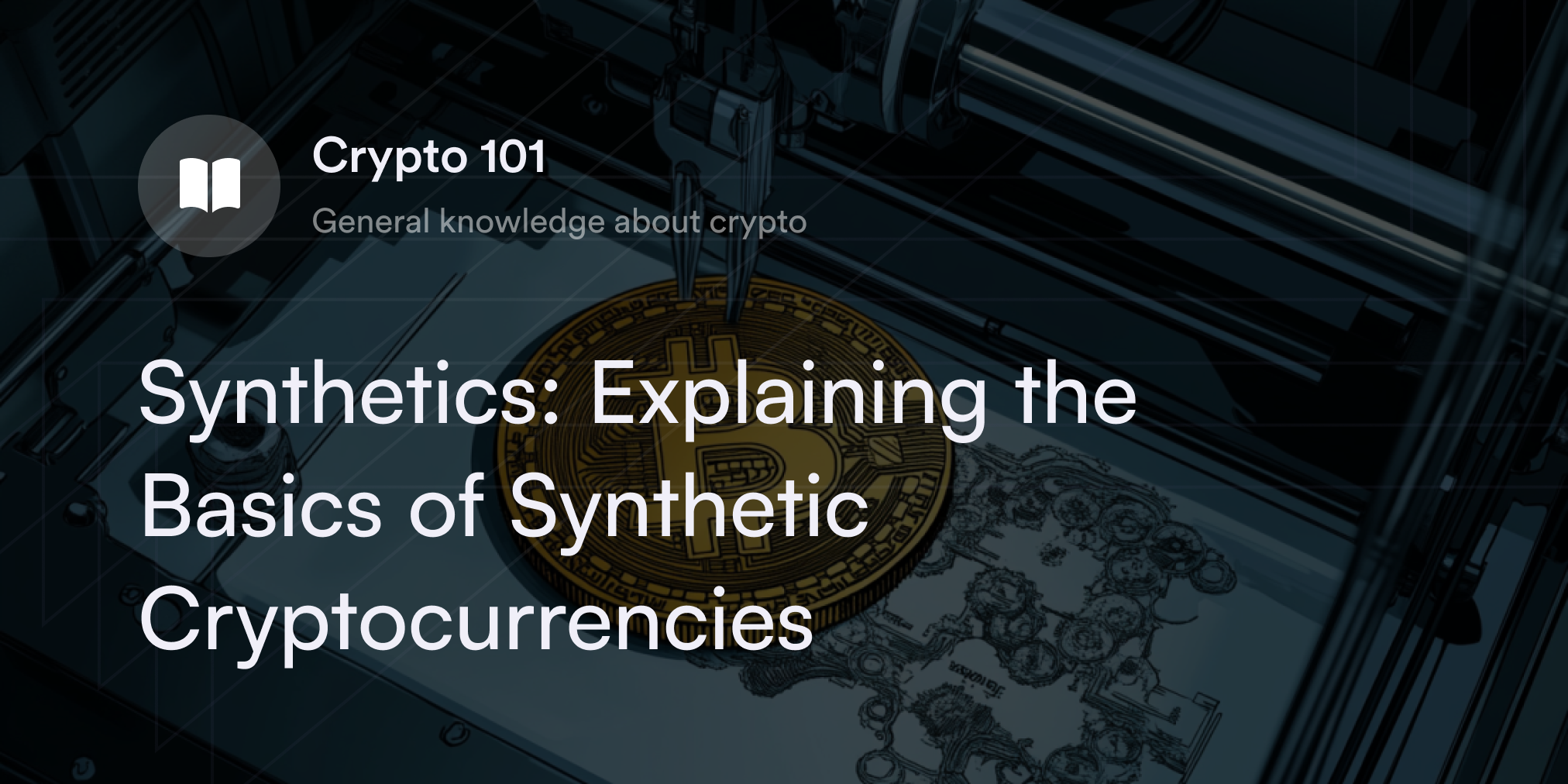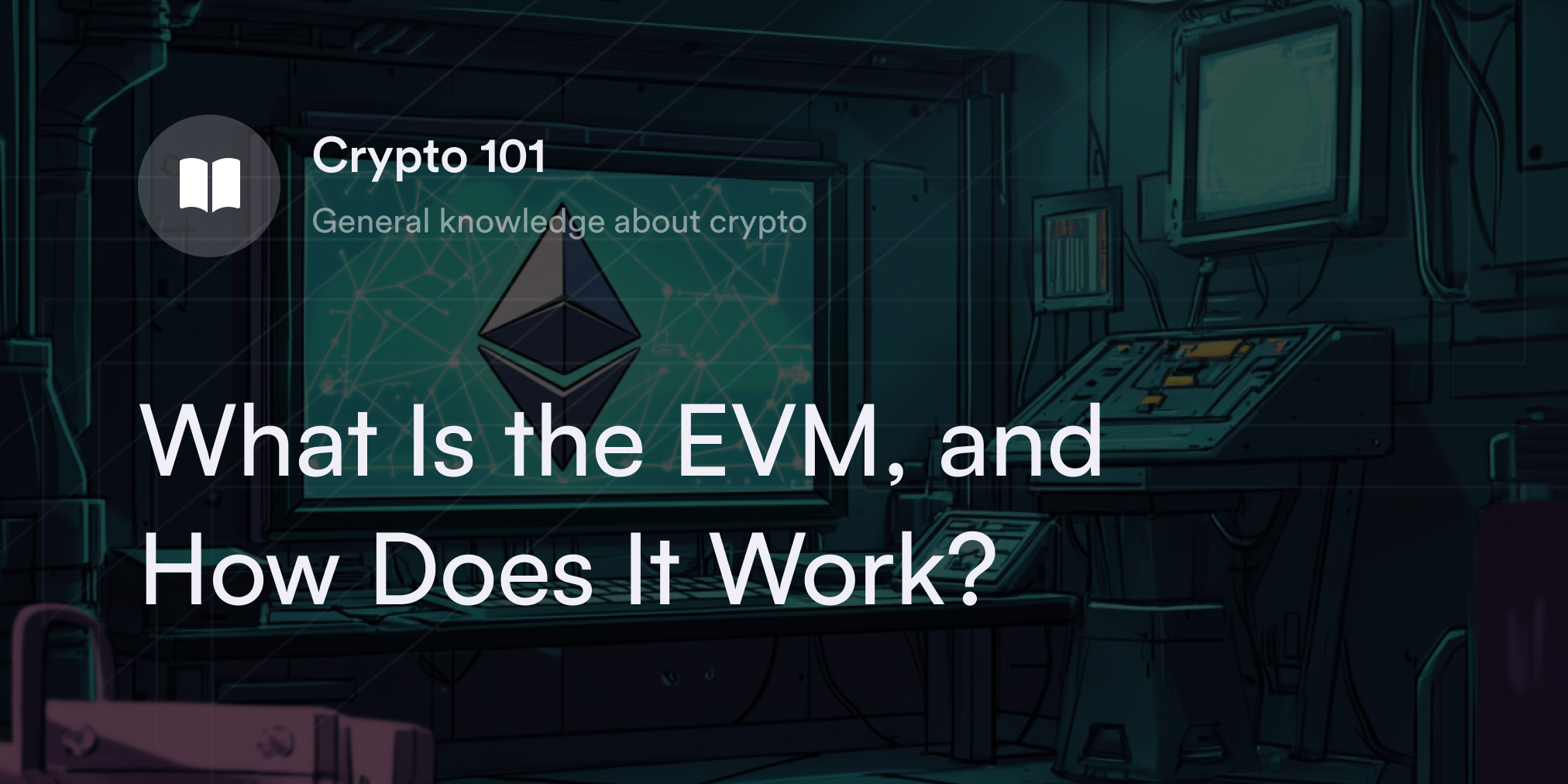


The cryptocurrency ecosystem is ever-evolving, and staying ahead of the latest is a solid prerequisite for anyone looking to be a part of the crypto community. Among the many emerging technologies, bridges play a pivotal role (and get most of the bad press).
When news outlets report on crypto cross-chain bridges, seeing scary phrases like “record-breaking hack” or “exploit” in the headlines is extremely common. In fact, crypto analytics firm Chainalysis estimates hackers stole $2 billion from crypto bridges in 2022, making them one of the weakest points in Web3. Reports also suggest bridge hacks are among the most common risks traders face when using decentralized finance (DeFi) applications.
But despite the issues and security concerns surrounding cross-chain bridges, some developers believe these protocols are essential for the crypto economy’s long-term success.
So what are crypto bridges, what makes them both a promising technology and a huge vulnerability, and how do crypto traders safely use cross-chain bridges when exploring the decentralized web? Let’s find out.
What are Crypto Bridges?
A crypto bridge is a software protocol or service designed to help traders send one crypto asset to another cryptocurrency’s decentralized network (aka blockchain). When people transfer their cryptocurrency to a bridge, they transform their original currency into a synthetic copy (aka a wrapped token) on a different blockchain. The new cryptocurrency typically has the same market price as the initial digital asset, but it’s wrapped in the coding standard for another cryptocurrency’s ecosystem.
For example, a crypto trader interested in using Ethereum’s ether coin (ETH) on the Avalanche blockchain sends ETH to the Avalanche Bridge to receive an equivalent amount of Avalanche-accessible wrapped ETH (wETH). Since each cryptocurrency blockchain uses different programming languages and algorithms, sending digital assets directly between separate networks like Ethereum and Avalanche is impossible, indicating the need for cross-chain bridges.
How Do Crypto Blockchain Bridges Work?
Crypto bridges create (aka mint) or delete (aka burn) cryptocurrencies depending on the service a trader requests. If a trader wants a wrapped token to use on another blockchain, the bridge protocol mints a synthetic token equivalent to the amount of cryptocurrency the trader deposited. Conversely, when traders want to reconvert their wrapped tokens into their initial deposit, the bridge typically burns them and sends the original cryptocurrency to the trader’s wallet.
Circling back to the ETH-Avalanche example––the Avalanche Bridge mints wETH when it receives ETH from traders, but it burns wETH when traders request an ETH withdrawal.
Note: While bridges accept both crypto coins and tokens, they only mint wrapped tokens. Don’t be confused by these terms’ apparent synonymity––though they might seem similar, they are completely different. While coins are native to a blockchain’s internal processes (e.g., Bitcoin on the Bitcoin blockchain), tokens are cryptocurrencies built on top of a coin’s blockchain. Because tokens need to conform to an underlying blockchain’s code, creating synthetic token copies of coins on competing networks, such as wETH on the Avalanche blockchain, is possible.
Further, a significant distinction when comparing cross-chain bridge providers is whether they’re custodial or non-custodial. Similar to the differences between custodial and non-custodial crypto wallets, the feature separating these bridges is whether they have a centralized or decentralized infrastructure. Custodial (or centralized) bridges have a single entity, such as an exchange, to handle transfers between crypto assets. In contrast, non-custodial (or decentralized) bridges use blockchain-based programs called smart contracts to automate the transfer process.
Why is Bridging Crypto so Important?
Without technologies like crypto bridges, different blockchains can’t communicate with each other. In cryptocurrency circles, this issue is often described as the “interoperability problem” because blockchains only “operate” within their rigid, predefined coding standards. Just as apps designed for iOS devices can’t work on Android phones, transferring value between blockchains with unique coding standards is impossible.
Bridges improve blockchain interoperability by letting traders seamlessly move digital assets throughout the crypto ecosystem. Rather than relying on the coins and tokens available on one chain, crypto bridges allow traders to send any digital asset to whatever decentralized application (dApp) they want to use, thus increasing the usability, flexibility, and accessibility of cryptocurrencies. Therefore, the primary benefit of bridging is to build connections—and inspire collaboration—in the emerging decentralized web.
What are the Risks of Using Crypto Bridges?
While cross-chain bridges aim to promote safe inter-blockchain transfers, they are some of the most vulnerable protocols in Web3. The reasons crypto bridges experience severe and frequent attacks are twofold: massive in-house crypto volume and coding glitches.
Like many other innovations in cryptocurrency, bridging technology is highly experimental and prone to unforeseen errors. However, the more significant threat specific to bridges is that they hold a comprehensive cryptocurrency inventory. Since traders send their crypto coins to a bridge whenever they want to mint new tokens, bridges have a ton of digital funds in their reserves. The large stockpiles of cryptocurrency make bridges prime targets for some of the world’s most sophisticated and notorious hackers, including North Korea’s Lazarus Group.
In the Lazarus Group fiasco, hackers broke into the Ronin Bridge in 2021 and stole more than $500 million from crypto traders. Developers behind the popular Pokémon-style game Axie Infinity created the Ronin side-chain in 2021 on top of Ethereum to provide users with a faster and lower-fee gaming experience. To transfer assets between Axie Infinity on Ronin and the Ethereum mainnet, traders sent their crypto through the Ronin Bridge. The Lazarus Group hackers discovered sensitive passcodes on the Ronin blockchain’s primary wallet, giving them the authority to transfer funds from the Ronin Bridge to their crypto wallets.
Although the Ronin Bridge hack is the most substantial single attack on a cross-chain bridge, other bridges, such as Wormhole and the Harmony Bridge, cost traders hundreds of millions of dollars.
So no matter how a cross-chain bridge appears, remember that these protocols are still highly experimental and vulnerable. Although developers are constantly improving inter-blockchain communication, there are inherent risks when sending crypto to a cross-chain bridge.
What are Some Examples of Cross-Chain Bridges?
Finding a crypto bridge to use depends on what cryptocurrency you want to send and where you want to use it. However, working with crypto bridges through official blockchain projects is the most common move.
For instance, if you want to use Ethereum-based tokens in the Polygon Network (MATIC), the Polygon Bridge is an option. Or, if you’re more interested in transferring Ethereum tokens to the Arbitrum (ARB) blockchain, you need to use the Arbitrum Bridge. Other popular blockchains with proprietary bridges include Avalanche Bridge, Optimism Bridge, and Cronos Bridge.
On the contrary, the downside of using the above bridges is that they solely focus on transferring digital assets to their target blockchain. If you want to send crypto to other ecosystems, you need bridges with multi-chain support such as Synapse, Portal, or Multichain. One way to research bridges in this multi-chain category is to visit crypto analytics site DeFi Llama’s “Bridges” tab and review the largest crypto bridges online. Thoroughly read about each bridge’s history, transparency, and funding before deciding which service best suits your needs and preferences.
dYdX Chain: Bridging the Gap in Crypto Derivatives Trading
To offer eligible traders a seamless and secure decentralized derivatives experience, dYdX has shipped open source code for dYdX Chain in the Cosmos ecosystem. With its revolutionary Inter-Blockchain Communication Protocol (IBC), Cosmos provides a way to bridge diverse networks without sacrificing blockchain sovereignty, decentralization, and network security. To learn more about dYdX’s latest updates and features, like the dYdX Chain, check out our official blog.
Also, visit dYdX Academy for more educational articles on the latest innovations in blockchain technology, and eligible traders can start trading on dYdX today.
Disclaimer
The content of this article (the “Article”) is provided for general informational purposes only. Reference to any specific strategy, technique, product, service, or entity does not constitute an endorsement or recommendation by dYdX Trading Inc., or any affiliate, agent, or representative thereof (“dYdX”). Use of strategies, techniques, products or services referenced in this Article may involve material risks, including the risk of financial losses arising from the volatility, operational loss, or nonconsensual liquidation of digital assets. The content of this Article does not constitute, and should not be considered, construed, or relied upon as, financial advice, legal advice, tax advice, investment advice, or advice of any other nature; and the content of this Article is not an offer, solicitation or call to action to make any investment, or purchase any crypto asset, of any kind. dYdX makes no representation, assurance or guarantee as to the accuracy, completeness, timeliness, suitability, or validity of any information in this Article or any third-party website that may be linked to it. You are solely responsible for conducting independent research, performing due diligence, and/or seeking advice from a professional advisor prior to taking any financial, tax, legal, or investment action.
You may only use the dYdX Services in compliance with the dYdX Terms of Use available here, including the geographic restrictions therein.
Any applicable sponsorship in connection with this Article will be disclosed, and any reference to a sponsor in this Article is for disclosure purposes, or informational in nature, and in any event is not a call to action to make an investment, acquire a service or product, or purchase crypto assets. This Article does not offer the purchase or sale of any financial instruments or related services.
By accessing this Article and taking any action in connection with the information contained in this Article, you agree that dYdX is not responsible, directly or indirectly, for any errors, omissions, or delays related to this Article, or any damage, injury, or loss incurred in connection with use of or reliance on the content of this Article, including any specific strategy, technique, product, service, or entity that may be referenced in the Article.







